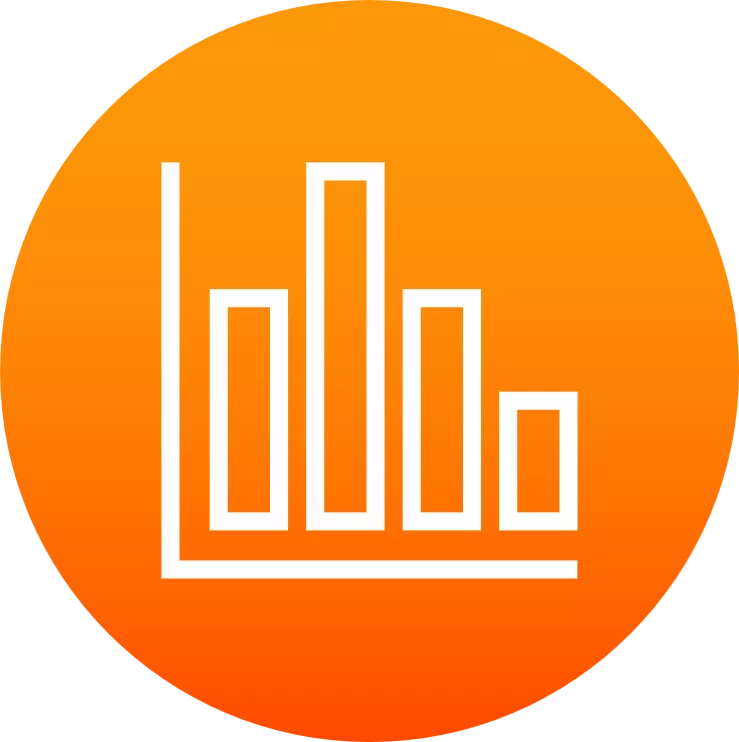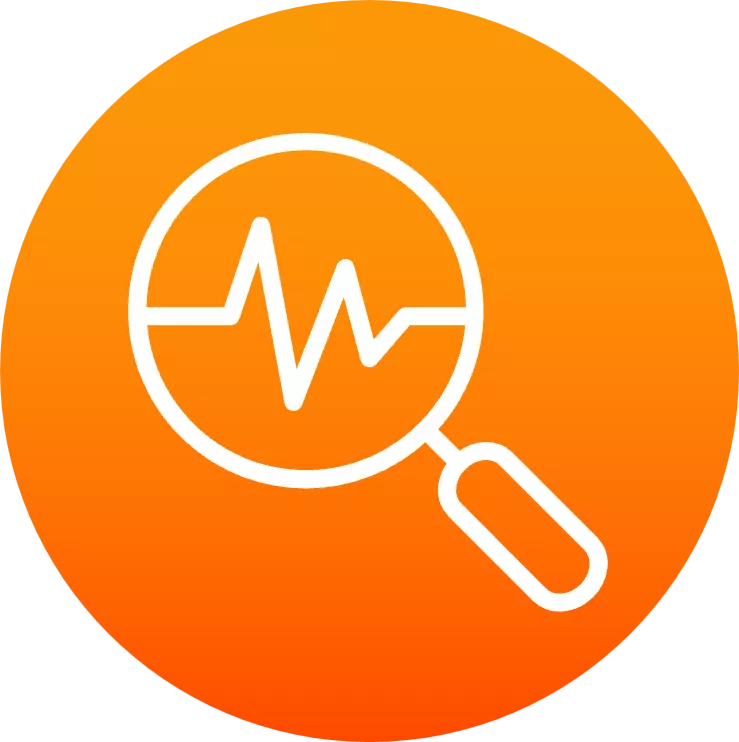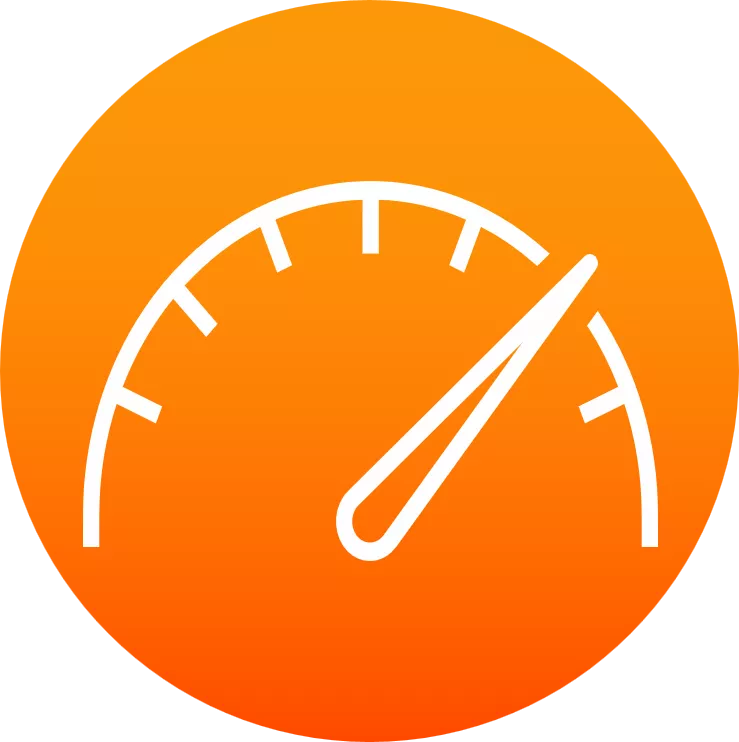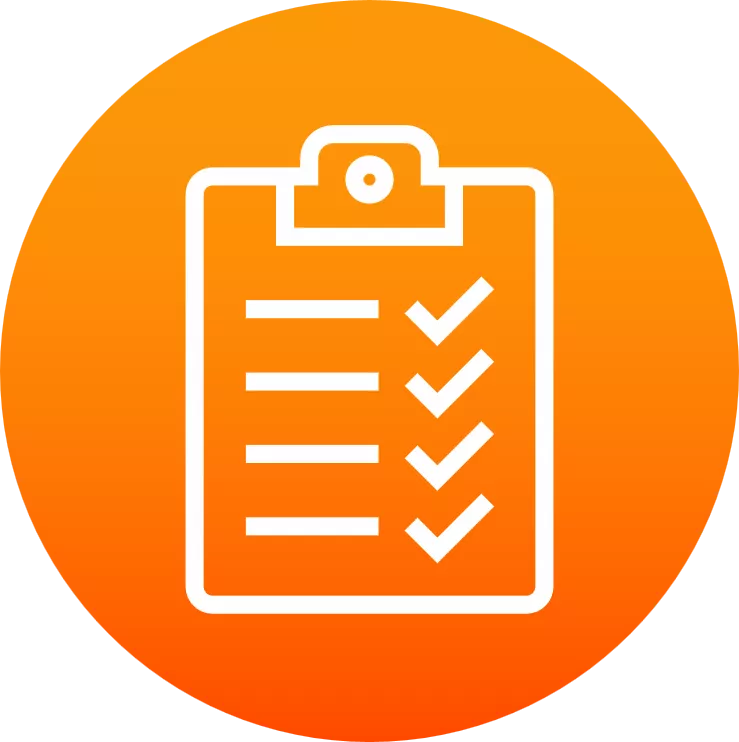The Potential of OT and IoT Data
Manufacturing companies use systems such as MES and QMS to support and manage their daily operations. These operational systems are capturing and generating big amounts of OT data, offering great potential for Analytics use cases. Additionally, Industry 4.0 has led to more interconnectivity of machines, sensors, and devices, shaping the Industry Internet of Things (IIoT). By combining OT or IIoT data with IT-related data (e.g. ERP, CRM), we help manufacturing companies gain better insights about their operations, set up better quality tracking, and build better monitoring solutions to increase efficiency. We do this by capturing and processing OT or IoT data in a modern data platform, supporting real-time or streaming data flows.
Challenges in working with Streaming Data
However, working with streaming data comes with its own set of challenges:
- Latency: Processing data in real time requires quick analysis and decision-making. Latency can hinder these processes, impacting the usefulness of real-time data.
- Data quality: Real-time data might be incomplete, inconsistent, or contain errors. Implementing proper validation and cleansing processes is crucial to working with high-quality data.
- Costs: The infrastructure and tools required to process, store, and analyze real-time data can be expensive. Balancing the benefits of real-time insights against the costs involved is an ongoing challenge for many organizations.
At element61 we have the expertise to deal with these challenges. We make sure that your data solution meets the following requirements: real-time data should be captured consistently and processed with low latency while keeping costs under control.
Leveraging Azure and Lambda Architecture
We use the capabilities of Azure to bring data from your operational systems (cf. AVEVA, Kepware, Ignition, SCADA) to the cloud. Protocols such as MQTT or tools such as Crosser.io allow us to route the data streams coming from your sensors or devices directly to Azure. Once your OT data is captured in Azure, we leverage the Lambda architecture as the gold standard to process OT data. The Lambda architecture enables two different processing routes:
- The Hot path acts as the fast lane for processing data in (near) real-time, which is useful for setting up monitoring or alerting systems for example.
- The Cold path can be used as the slower lane focused on storing and processing data over a longer period, enabling in-depth trend analysis.
For more information, check out our Lambda architecture insight.
How we can help
At element61 we can help you to unlock the full potential of OT or IoT data through Analytics. More specifically, we can assist you in the following domains:
|
Image

|
Management Reporting: By combing OT data with IT data, we can create Power BI reports that contain historical, high-level insights, serving management purposes. These reports typically focus on aggregated KPIs and graphs, contextualized with IT-related information about products, plants, customers etc |
|
Image

|
(Real-time) Analytics & ML: We strongly believe that you can optimize your operations by analyzing OT data (in combination with IT data). Furthermore, predictive insights can help you to make data-driven decisions on the shop floor (e.g. predictive maintenance). We can also help you to run ML models on the Edge to do the inference in real-time. |
|
Image

|
Live Dashboards: Process operators need a cockpit to monitor production processes and machinery in real-time and across different production sites. Typically we build these live dashboards in Grafana, which is a visualization tool that is optimized for time-series data. |
|
Image

|
Smart Product Steering: Next to capturing OT data from machines or sensors into a cloud data platform, we can also send insights or updates back towards those machines or sensors. This means that we are setting up a two-way communication between physical devices and the cloud for continuous improvement of those devices (eg. automatic adaptation of machinery settings, smart air conditioning). |
|
Image

|
Universal Data Quality: Technical issues or energy outages can cause sensor or device problems, meaning that data is not (completely) captured anymore. Therefore, enforcing uniform data quality standards and data validation checks is paramount in the context of OT or IoT data. By using tools such as Timeseer.ai or Great Expectations we can help you to monitor your OT data quality. |